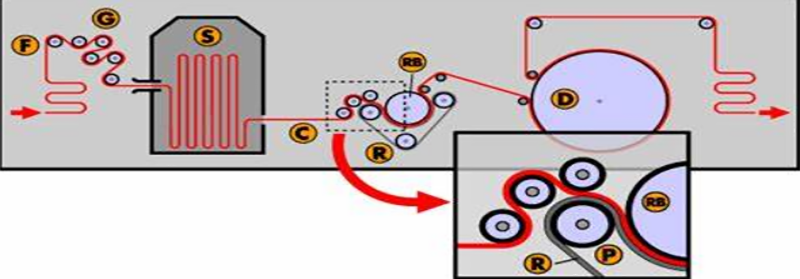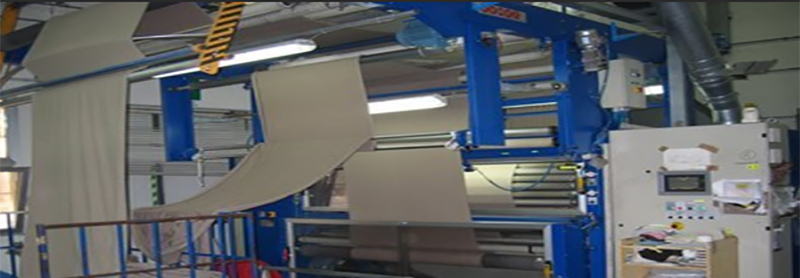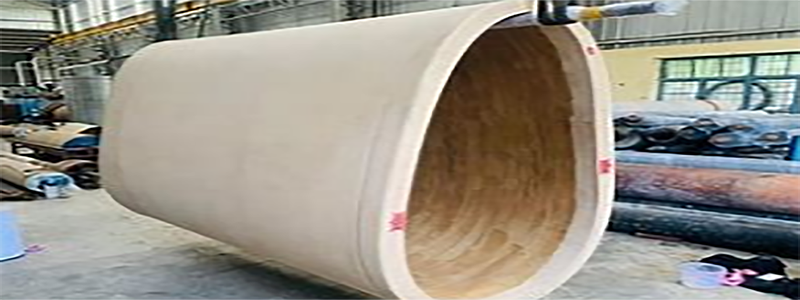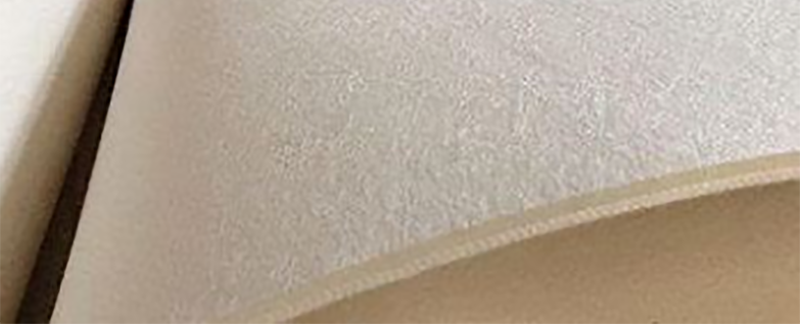The sasanforset rubber shrinking belt is a kind of shrink belt used in the sanforizing machine.
Its function is to pre-shrink the fabric under the conditions of high temperature and high pressure.
So as to improve the shrinkage rate and quality of the fabric.
The sanforizing rubber belt is characterized by high elasticity, high hardness, and high wear resistance.
High-temperature resistance, and high chemical resistance.
The maintenance and maintenance of a san-forset rubber shrinking belt is an important measure to ensure its normal operation and extend its service life.
But in the process of use, a sanforizing rubber belt may have some problems, affecting its effect and life.
This article will cover the problems that can arise in sanitizing rubber belts and the ways to solve and prevent them.

This problem can cause the surface of the sanforizing rubber belt to become slimy or rough.
This affects its contact and friction with the fabric, thereby reducing the shrinkage effect or causing uneven shrinkage.
This problem is usually caused by the fabric itself containing too much slurry or oil.
Or the oil or cleaning agent on the sanforizing machine spilling or leaking.
This problem can cause the sanforizing rubber belt to lose elasticity and pressure.
Affecting its shrinkage force on the fabric, and resulting in insufficient shrinkage or instability.
This problem is usually caused by the sanforset rubber shrinking belt being subjected to high temperatures.
High pressure, high speed, and high friction for a long time result in changes or damage to its internal structure.

This problem can cause the san-forset rubber shrinking belt to not operate properly or stop running completely.
This affects its shrinkage treatment of the fabric and even damages the shrinkage machine.
This problem is usually caused by excessive tension or pressure on the san-forset rubber shrinking belt
Or by collision or scraping with other parts of the shrinking machine.
This method removes dirt and impurities from the surface of the sanforizing rubber belt and restores its smoothness and cleanliness.
Sanding should be carried out in the direction of sanforizing the rubber belt to avoid transverse scratches.
When grinding, attention should be paid to controlling the grinding strength and time to avoid excessive grinding or uneven grinding.
The frequency and time of the sanforset rubber shrinking belt should be determined according to the use of the sanforizing rubber belt and the degree of contamination.
Sanding once a day for about 10 minutes each time is generally recommended.

This method will remove oil and slurry from the surface of the san-forset rubber shrinking belt and restore its smoothness and cleanliness.
When cleaning use warm water and borax soap solution, avoid the use of organic solvents or strong acids and bases and other chemicals.
When cleaning, you should use a soft brush or cotton cloth, avoid the use of a metal brush or rough cloth and other hard objects.
Cleaning should be carried out along the running direction of the sanforizing rubber belt to avoid transverse scratches.
When cleaning, attention should be paid to controlling the cleaning intensity and time to avoid excessive cleaning or uneven cleaning.
After cleaning, it should be rinsed with clean water and then dried with a dryer or fan.
The frequency and time of cleaning should be based on the use of the sanforset rubber shrinking belt and the degree of pollution.
It is generally recommended to clean once a week for about 30 minutes each time.
This method reduces friction and wears between the sanforset rubber shrinking belt and the fabric and other parts of the shrink machine, extending its service life.
Pure talc should be used for lubrication, and talc-containing grease or other impurities should be avoided.
Lubrication should be spread evenly over the surface of the sanforizing rubber belt to avoid buildup or missing.
When lubricating, attention should be paid to controlling the amount and frequency of lubrication to avoid excessive or insufficient lubrication.
The frequency and amount of lubrication should be based on the use of a san-forset rubber shrinking belt and the degree of friction
It is generally recommended to lubricate once a day, about 5 grams of lubrication each time.

This method can ensure the stability and uniformity of the sanforset rubber shrinking belt, and avoid its relaxation or over-tightening, which will affect its shrinkage effect on the fabric.
Inspection should use a special tensiometer and manometer, avoid using the naked eye, or feeling judgment.
Multiple measurements should be taken at different locations in the san-forset rubber shrinking belt to avoid local deviations.
During the inspection, attention should be paid to controlling the tension and pressure of the sanforizing rubber belt within a reasonable range to avoid causing too much or too little.
The frequency and time of inspection should be based on the use and changes of the sanforset rubber shrinking belt.
It is generally recommended to check once a day for about 10 minutes each time.

This method prevents further damage or shedding of the rubber belt.
It affects the shrinkage treatment of the fabric and even damages the shrink machine.
When repairing, special glue and patch materials should be used to avoid the use of mismatched or weak glue and patch materials.
When repairing, the san-forset rubber shrinking belt should be taken out of operation and removed from the shrink machine to avoid interference or danger.
When repairing, the cracks or broken parts of the san-forset rubber shrinking belt should be cleaned.
Glue should be applied to both sides of the cracks or broken parts
Then the patch material should be covered in the glue and pressed tightly with a press. After repair, the glue should be allowed to dry completely before reinstalling the san-forset rubber shrinking belt to the shrink machine and conducting a test run.
The sanforset rubber shrinking belt is an important type of shrink belt that can efficiently pre-shrink fabrics and improve the shrinkage rate and quality of fabrics.
However, during use, there may be some problems with the sanforset rubber shrinking belt, affecting its effectiveness and longevity.
In order to solve and prevent these problems, we can take some effective methods, such as regular sanforset rubber shrinking belt grinding, cleaning, lubrication, smearing, testing, and repairing.
With these methods, we can guarantee the normal operation of the sanforset rubber shrinking belt and extend its service life, thereby improving the quality and efficiency of the shrinkage treatment of the fabric.
If you have any questions, you can also watch our Facebook website:www.facebook.com/nomexfelt
As we know, Heat Transfer Printing Felt is suitable for fabrics, decorative fabrics, curtains, le...
Read Safety Rules for Laundry Management to be a qualified manager. PARTⅠ Laundry room Safety Gen...
The extrusion machine is the leading equipment for the production of aluminum profiles. The quali...
Heat transfer printing is a contemporary printing process in the clothing market. It prints the p...
In the textile industry, felt is only a small part but important. About how to choose felt that i...
Foshan Pure Technology Company., Ltd. helps conveyor belt manufacturers source equipment to metal...
Nomex, an intermediate aramid, also known as aramid 1313. It is characterized by good heat resist...
In the 1960s, the Dupont developed a kind of aramid composite material, it is Kevlar. It has very...